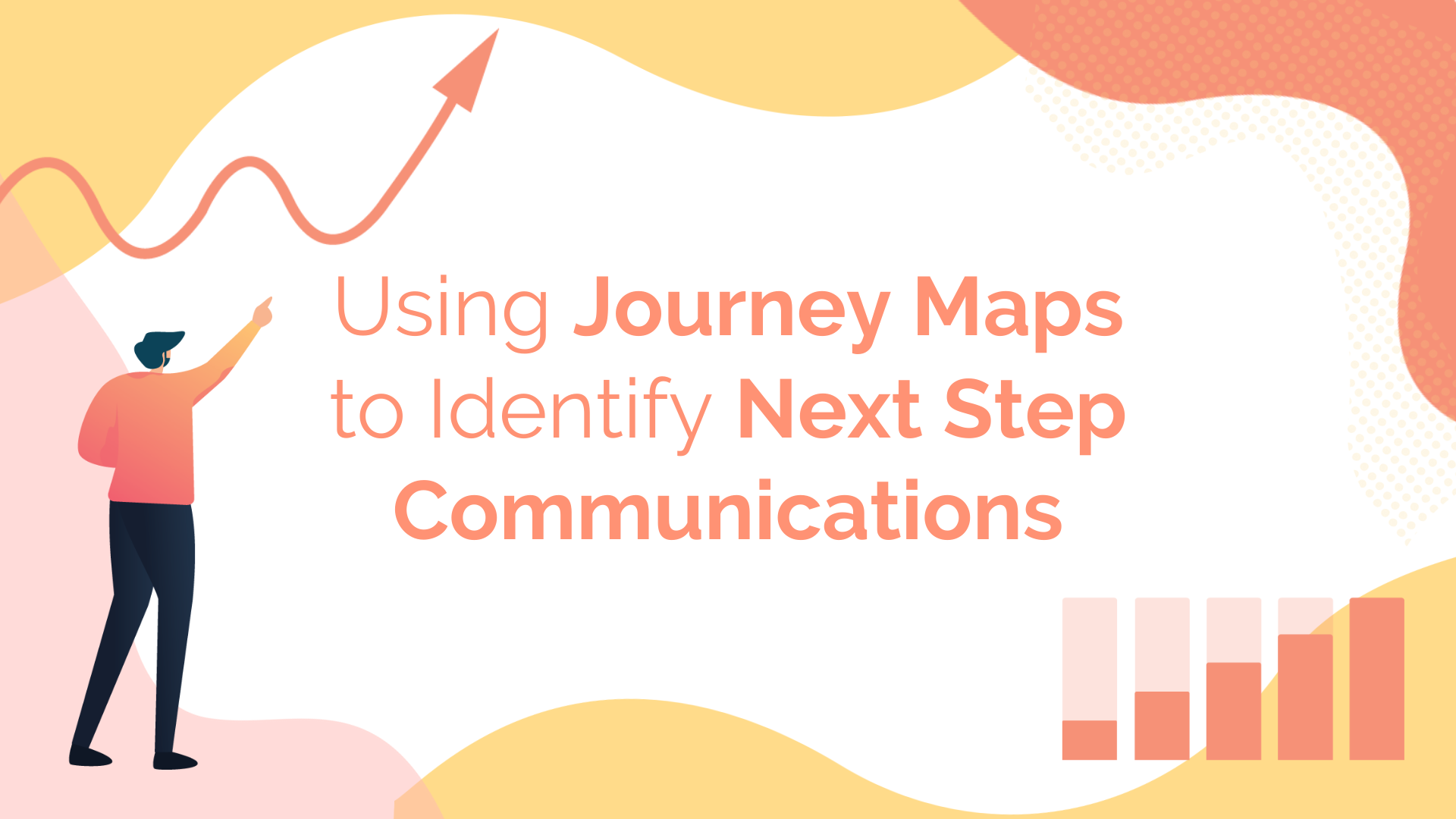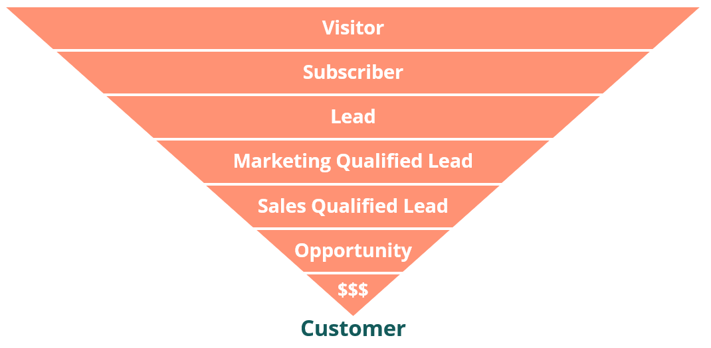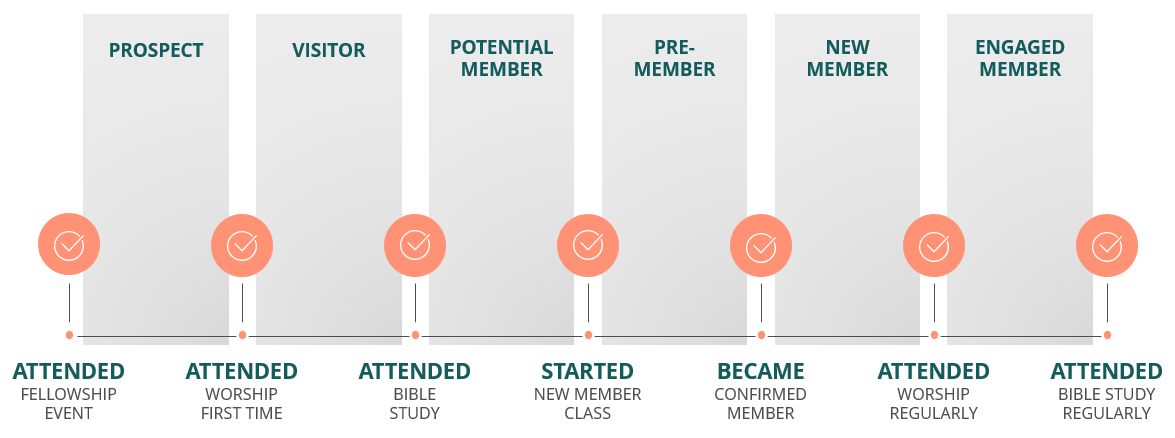
Admit it; you’ve done this before too. I’m sure I’m not the only one.
I’m at a restaurant having a meal with my family. The server brings the food out, distributes the dishes to each person, and checks to see if everything is in good shape. We confirm, and she replies, “Great, enjoy your meal!” I respond, “Thanks. You too!”
How embarrassing! If I had stopped to think about what I was going to say, I would quickly realize that she was going to continue working, not sit down and enjoy a meal, but I did what came naturally and returned the pleasantry in kind.
Isn’t it true that we do the same thing with communications in the church? We have such a wonderful message to share and we are so eager to share it that sometimes we go too far.
“Our community picnic is this Saturday, and you’re invited!”
“If you think that is fun, you should join us for worship this Sunday!”
“While you’re here, we invite you to stay for Bible study after the service!”
“Have you thought about joining our church? Our new member classes start this week!”
“By the way, we’re looking for volunteers to serve on our usher teams. Are you interested?”
“If you’re interested in volunteering, have you considered leading a team?”
That might be a bit extreme, but is not too far from what often happens. While you (hopefully) wouldn’t share all those messages in one conversation with an individual, that can be the impression people get when they look at your bulletin, newsletter, website, or emails.
I don’t know about you, but I wouldn’t put up with this from a business. I recently downloaded a workout tips PDF from a local fitness club. I had to include some contact information, so I expected to receive a few emails from them. What I didn’t expect to receive was daily phone calls from their recruitment staff for the next two weeks. It was too soon, and it was too much.
This is where having a strategy for when to communicate the right message is key. Last post, we discussed personas and how different types of people need to hear different messages. The next step is to look at your audience and how the stage they are at in a journey map will dictate what message they should receive and when.
What Is a Journey Map?
A journey map is the marketing or communications equivalent of a sales funnel. It tracks an individual’s actions along a designated set of ideal steps that progresses toward completing a desired end result.

In a sales funnel, it is expected that there will be a lot of people at the top (e.g., website visitors) and that number will decrease as more is requested of the individual until ultimately a few become customers. As you encourage more people to enter at the top, it is more likely that you will end up with a larger number at the bottom.
With a journey map, the principles are similar, except there are (usually) no transactions involved and it is more likely you’ll see people enter at different stages or remain at single stages for longer periods of time. In a journey map, the emphasis is on progression, not numbers.

What Is the Purpose of a Journey Map?
While the purpose of a sales funnel is quite obvious (spoiler alert: it’s sales), the purpose of a journey map will depend on the mission and goals of your church.
At its core, a ministry’s journey map should be focused on helping individuals gain a deeper understanding of their faith in Jesus Christ. The specifics will be unique to each church, school, and nonprofit organization and will be based on what has been identified to be a priority in the mission statement, as well as specific results that are outlined in ministry goals.
By focusing on the end results and identifying an individual’s steps along the way, it will become quite clear what the next steps for the person should be, and your communication will reflect that. In the example above, if a person has just attended worship for the first time, they likely won’t be interested in hearing about becoming a new member. If someone has just started the new member class, it won’t be the right time to invite them to join a Bible study that meets regularly.
Having a journey map will identify what the most important message is for an individual at any given time, and it will be based off the ideal next steps, not the upcoming event on the church calendar.
How Do You Create a Journey Map?
The first thing you do is start at your mission statement, which should define the desired baseline of operations at your church. If nothing else is happening at your church and it is operating as usual, how do your members progress to a deeper faith in Christ?
Next, start at the end and identify what final step tells you that a person is in an ideal place. Is it that they attend Bible study regularly in addition to worship? Is it that they are in a leadership position? Is it that they are contributing regularly? Is it that they have invited someone else to attend worship? Is it that they say they would recommend your church, school, or nonprofit?
Then, going backward, identify the logical steps or actions that brought that individual to that place. Faith development is done by the work of the Holy Spirit through Word and Sacrament, so we should never assume to know what is going on in someone’s heart. That means any actions that you identify on your journey map should be outward actions that indicate faith development but don’t necessarily describe it. For example, “Received the Gift of Faith” is a work of the Holy Spirit, while “Became Baptized” is that in addition to being an action that can be identified and tracked.
Remember, this is an ideal path, and while it will look nice, clean, and sequential on a journey map, the reality will be far different. Don’t try to accommodate for every scenario; just map out actions that make sense.
Finally, take a look at your ministry goals. Where do they fall along the journey map? Is it the entire map? Is it a subset? It is so unrelated that you need a different map to account for that goal? All of those are possibilities that can be addressed with additions to the original map or adding additional maps.
How Do You Track Those Actions?
Now that you have identified the ideal actions of your audience, how do you track them? Well, like most things in church communications, it depends. If an action is taken offline, you’ll most likely have to do some manual tracking. If an action is taken online, you may be able to automate the tracking or at least make the task a bit simpler.
One word of caution: if you have an action that that you simply can’t figure out how to track, then it’s not a good action for a journey map. These actions are meant to easily identify where along the journey an individual is, so if you can’t identify or track the action, it defeats the purpose.
Tracking Offline Actions
How do you track actions that are done in person? Through very traditional means.
- Task Completion—If the action is clear enough, tracking it might be as simple as marking an action off a to-do list. Attend worship for the first time? Receiving an attendance card or a signature in the attendance book is sufficient. Complete the new member class? You’ll know when the final session wraps up.
- Habit Tracking—Sometimes the next step might be a series of regular actions. Worshiping once is great; attending at least 50 percent of services over a six-month period of time is even better. Attending a Bible study is a great action; attending for six weeks straight indicates a different level of commitment to God’s Word.
- Verbal Communication—Sometimes completing an action is as simple as a conversation. A regular visitor could express that they are interested in joining the church, which moves them into the “Prospect” stage. A long-time member may agree to lead a ministry team, which moves them into the “Leader” stage. Don’t underestimate the value of a conversation.
Tracking Online Actions
Our online activities are all tracked, so this should be easy, right? Well, if you have everything set up correctly it is, but that does take some advance planning.
- Email Subscriptions—While not as critical in the church as they are in school or nonprofit ministries, subscriptions to email updates are a first step that can lead to many more. The days of getting an email address and using it over and over again are gone (or at least they should be), but allowing individuals to sign up to receive specific messages on topics of their choosing is a great action to track and leads to more possibilities.
- Form Submissions—Whether it’s registering for a single event, like the Sunday School rally day, or completing a Time and Talent Survey, online form submissions are a great way for individuals to take action and for those in communications to get additional information. Rather than just providing indication of a completed action, forms allow you to ask additional questions of your audience that allows you to pinpoint the appropriate next steps and better segment your communications.
- Dynamic Lists—Actions on a journey map require multiple criteria. If a person attends Bible study regularly but has not completed the new member class, they may not be as far along as that first action indicates. Use dynamic lists (lists that are updated based on other data) in your church management software or marketing platform to ensure that all the criteria are met before moving a person to the next stage.
Next Step Communications
Now that you understand the purpose of a journey map and how to start putting it together, the next step for you is to finalize the journey map for your strategy. Download a free worksheet that helps you get started by clicking the button below. Then watch for the next blog post to learn how to combine the journey map and personas into a content map for your communications strategy.
![]()
About the Author
Follow on Linkedin More Content by Peter Frank
























